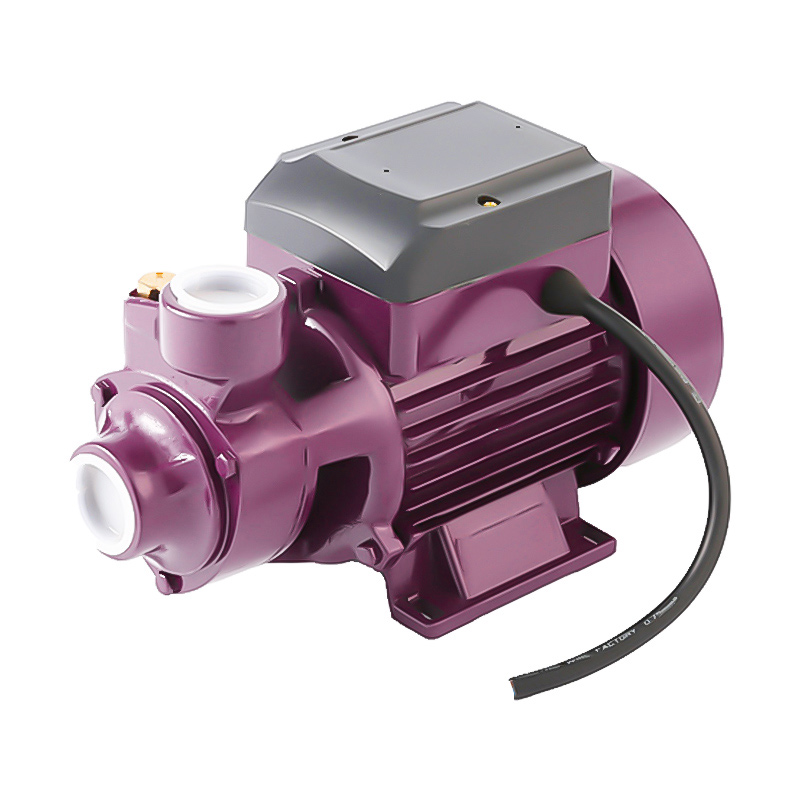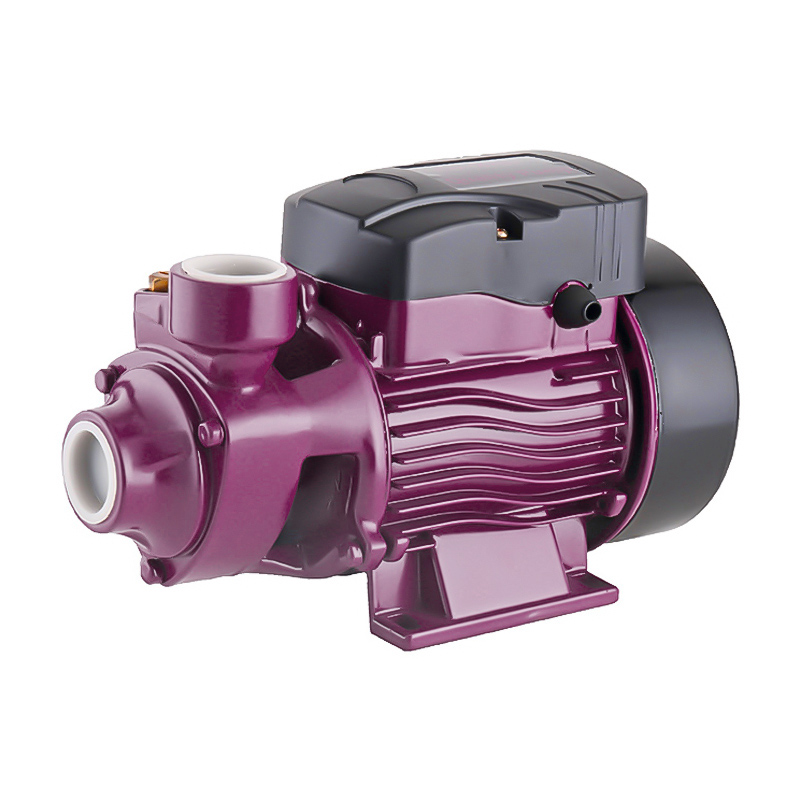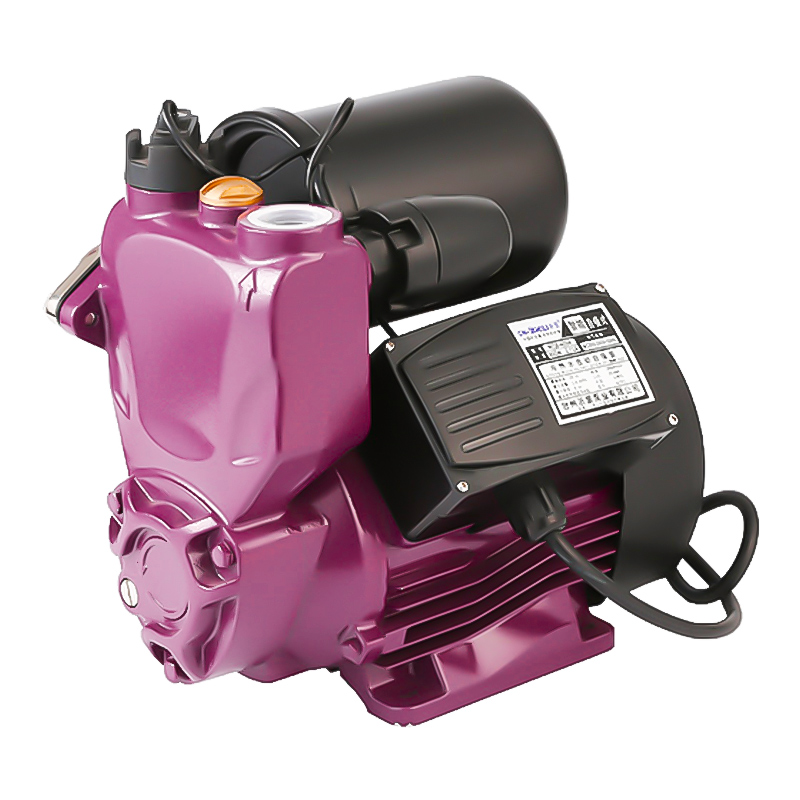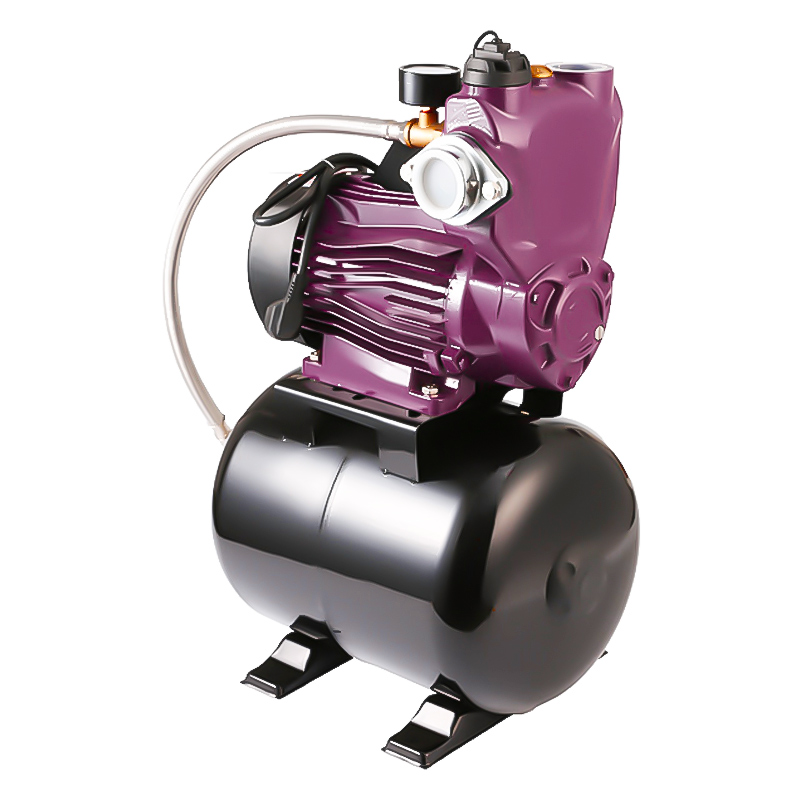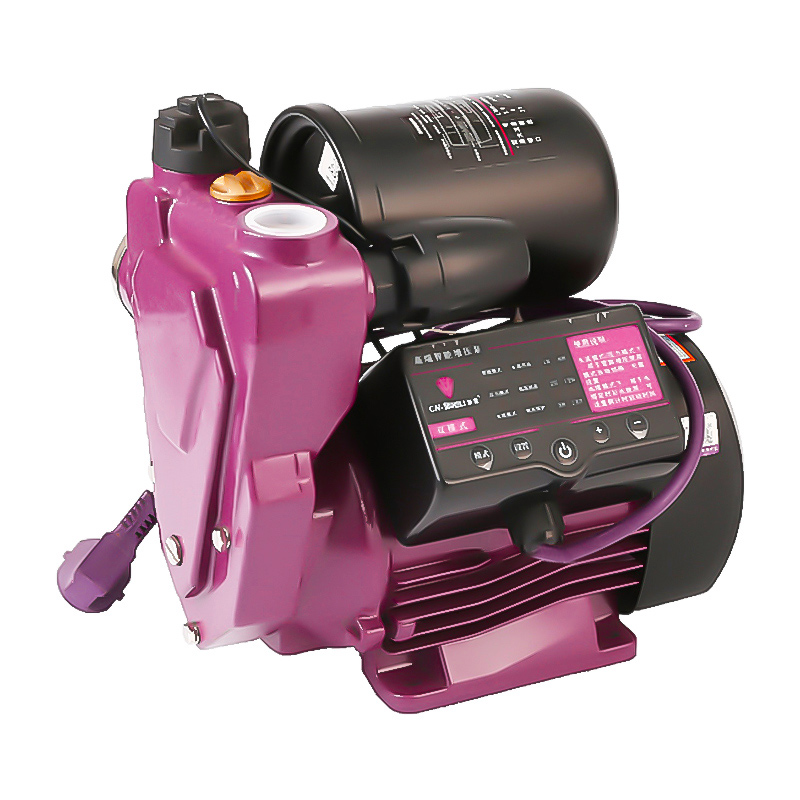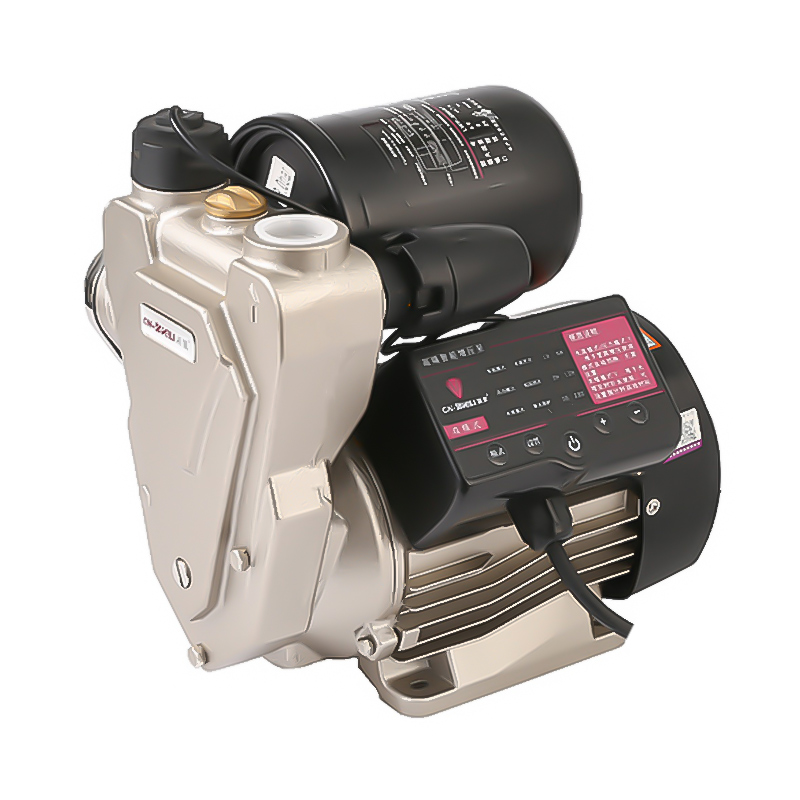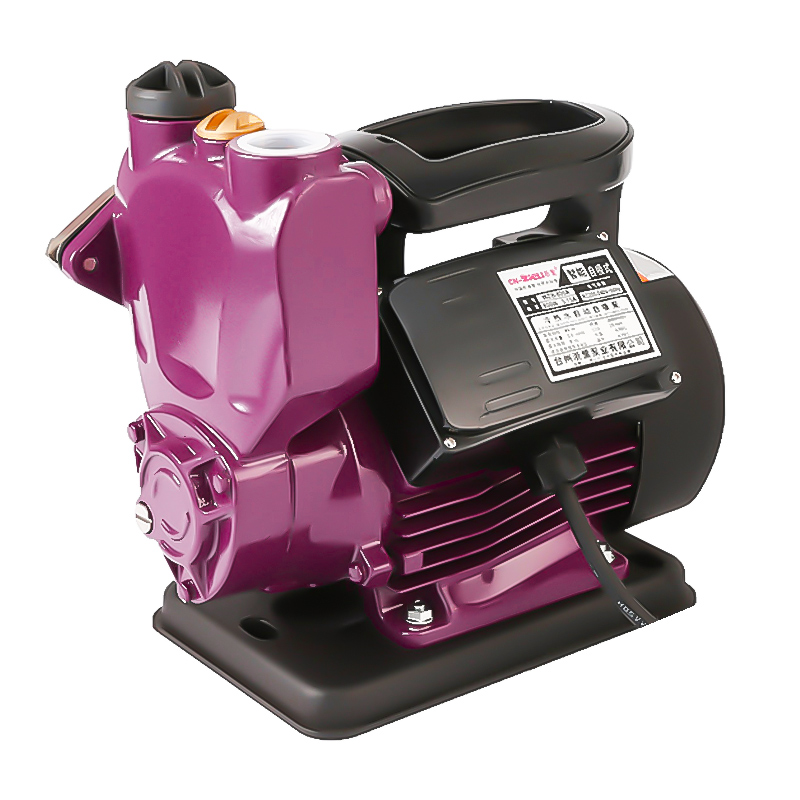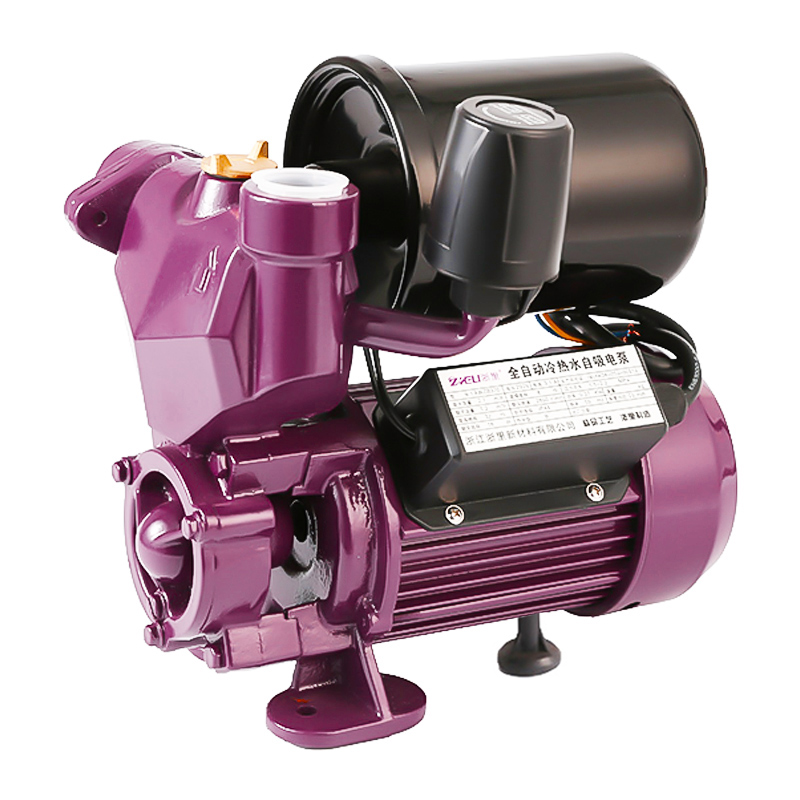First, fill the booster pump with liquid, then start the centrifugal pump, the impeller rotates rapidly, the blades of the impeller drive the liquid to rotate, the liquid flows to the outer edge of the impeller by inertia, and the impeller sucks the liquid from the suction chamber. In the impeller, the liquid in the impeller flows around the blades and the liquid acts as a lift force on the blades during the flow movement. In turn, the blades act on the liquid with a force equal to the life force and in the opposite direction. This force works on the liquid so that the liquid gets The energy flows out of the impeller, and the kinetic energy and pressure energy of the liquid increase.
Booster Pump Factory introduced that the working principle of the gas-liquid booster pump is similar to the pressure booster, which applies a very low pressure to the large-diameter air-driven piston. When this pressure acts on a small-area piston, high pressure is generated. With a 5/2 air-controlled reversing valve, the booster pump can be operated continuously. The high-pressure plunger controlled by the one-way valve continuously discharges the liquid, and the outlet pressure of the booster pump is related to the air driving pressure. When the pressure between the drive part and the output liquid part reaches equilibrium, the booster pump stops running and no longer consumes air. When the output pressure drops or the air drive pressure increases, the booster pump will automatically start and run until the pressure balance is reached again.
A single air-controlled unbalanced gas distribution valve is used to realize the automatic reciprocating motion of the pump, and the air drive part of the pump body is made of aluminum alloy. The wetted part is made of carbon steel or stainless steel according to different media. Generally, the pump has two ports for air intake and exhaust. The air pressure that can produce air pressure lower than normal pressure (ie atmospheric pressure) at the air inlet is called "negative pressure"; the air pressure that can produce air pressure higher than normal pressure at the air outlet is called "positive pressure". For example, the vacuum pump is often referred to as a negative pressure pump, and the booster pump is a positive pressure pump. Positive pressure pumps are very different from negative pressure pumps. For example, in the gas flow direction, the negative pressure pump is that the external gas is sucked into the exhaust nozzle; the positive pressure is ejected from the exhaust nozzle; such as the level of air pressure, etc.

 Language
Language  English
English عربى
عربى 中文简体
中文简体